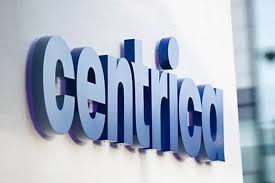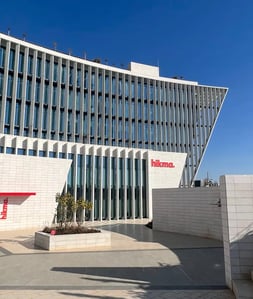As Asia’s communications service providers (CSPs) pivot from basic connectivity to digital ecosystems, the emergence of convergent charging is quietly becoming the lynchpin for growth. Telcos are no longer just moving data—they’re monetising experiences, services, and entire digital marketplaces through intelligent, adaptable charging models. And this evolution is turning traditional revenue streams on their head.
Across Asia, the telecoms landscape is undergoing a profound transformation. No longer tethered to legacy revenue models based on voice and SMS, CSPs are embracing digital services, content platforms, and complex enterprise solutions to drive growth. At the heart of this shift is the rise of convergent charging systems (CCS), which unify payment and service handling into a single, agile engine capable of supporting 5G Standalone (SA), mobile broadband, IoT, and much more.
Gone are the days of siloed prepaid and postpaid systems. Today’s CCS platforms handle diverse services and customer segments with real-time precision, ensuring both subscribers and operators maintain full visibility and control. This capability is essential for premium digital experiences like immersive gaming and remote surgery, where service performance and charging transparency must be seamless.
The new benchmark is no longer connectivity alone—it’s end-to-end value delivery. Telcos are moving towards offering fully integrated packages, such as complete AWS enterprise solutions that combine connectivity with cloud infrastructure, support, and professional services. This represents a leap forward from simply linking data centres. The result is not just higher-value services, but an entirely new playbook for monetisation.
With Asia leading the way in digital adoption, CSPs are uniquely positioned to capitalise on this evolution. Markets in the region are defined by high smartphone penetration, surging demand for bundled services, and intense competition from both traditional operators and digital-native disruptors. In this environment, convergent charging is a strategic asset, enabling rapid service launches, flexible pricing, and frictionless user experiences.
CSPs must navigate diverse customer expectations, support multiple payment methods, and deliver tailored bundles that blend mobile, broadband, content, and beyond. Convergent charging simplifies this complexity, enabling operators to innovate faster while reducing operational overhead and minimising revenue leakage.
The arrival of 5G SA networks brings both opportunity and technical complexity. While rollout remains uneven across the region, CSPs need business support systems ready for the intricacies of network slicing and quality-of-service (QoS) charging. Frontier markets, in particular, are demanding flexible models that can scale with digital transformation, balancing traditional telecom needs with modern digital services.
Looking ahead, convergent charging will become even more dynamic. Charging models are evolving to encompass edge compute and storage usage for enterprise clients, charging for IoT platform services powering smart cities, and granular media consumption billing based on time or usage. Even marketplaces are being monetised more precisely, through API-based charging or listing fees tied to duration and visibility.
These capabilities require robust, real-time systems with the flexibility to support a wide array of pricing models: usage-based, subscription, dynamic, and everything in between. Seamless integration with legacy systems, CRM platforms, and third-party providers remains a technical challenge, but also a crucial success factor for CSPs looking to build differentiated service portfolios.
The telecoms industry is at a crossroads where convergent charging is no longer a back-office function—it’s a strategic growth driver. Telcos that implement agile, forward-looking CCS platforms will not only unlock new revenue streams, they’ll also gain the flexibility to adapt to tomorrow’s digital demands. By turning network infrastructure into a monetisable service layer, CSPs can capture a greater share of the digital value chain, build stronger customer relationships, and secure long-term relevance.
Cerillion plc (LON:CER) is a leading provider of billing, charging and customer management systems with more than 20 years’ experience delivering its solutions across a broad range of industries including the telecommunications, finance, utilities and transportation sectors.








































